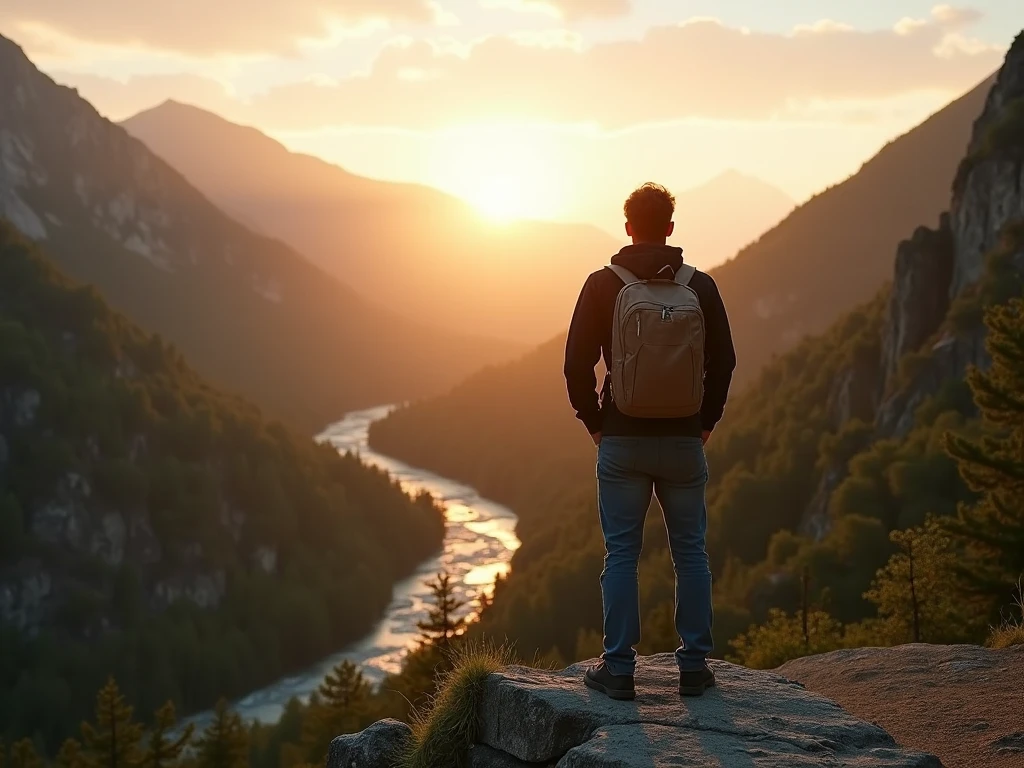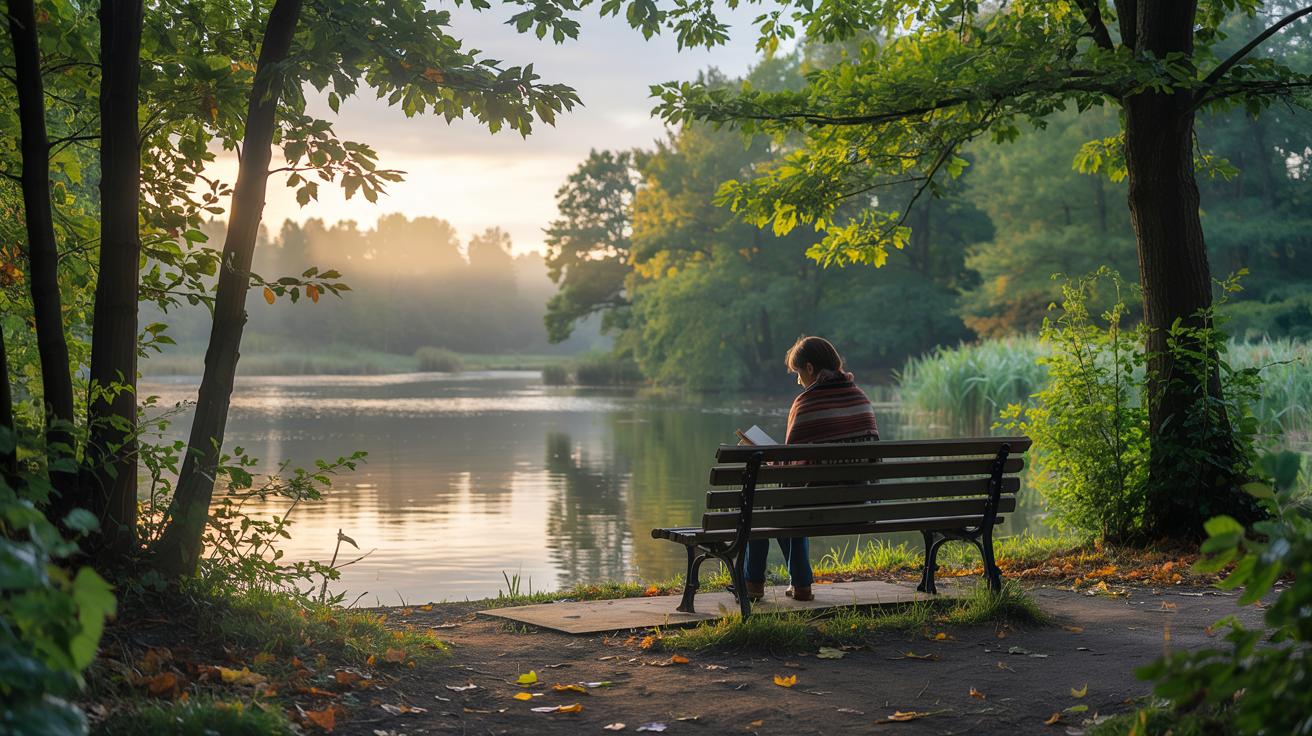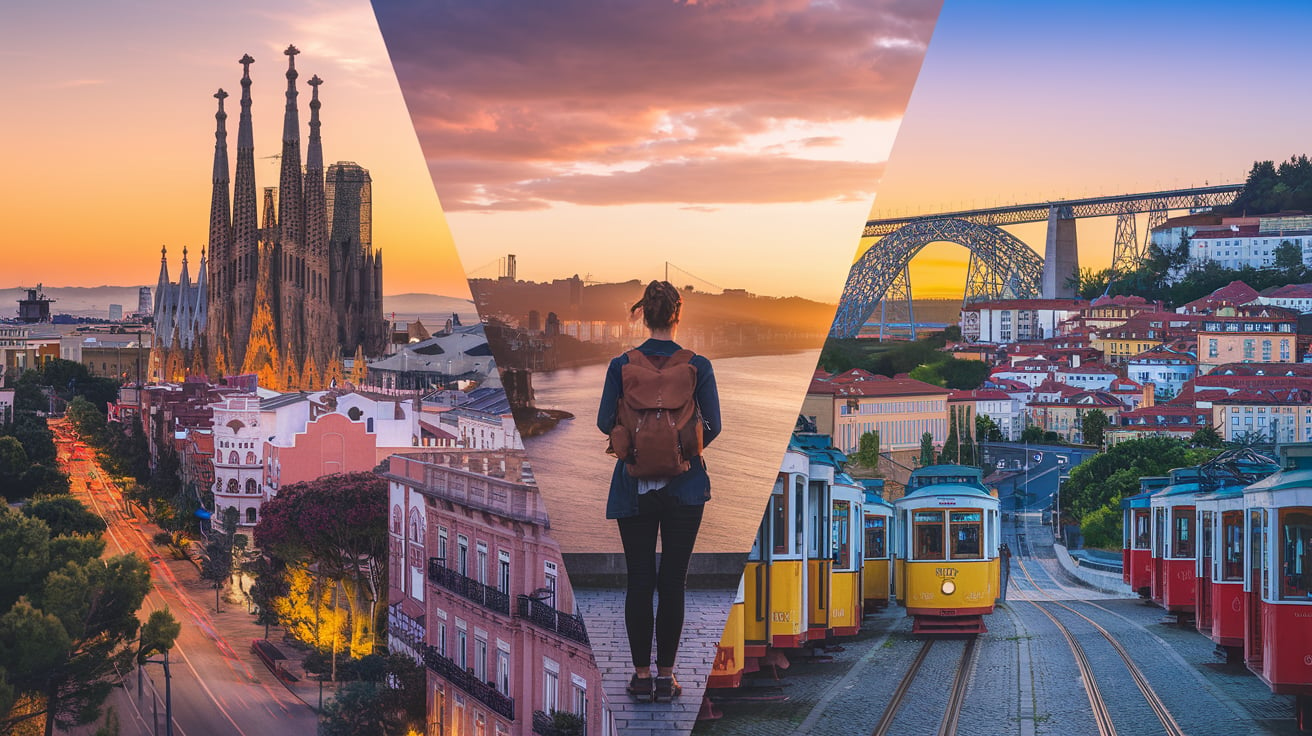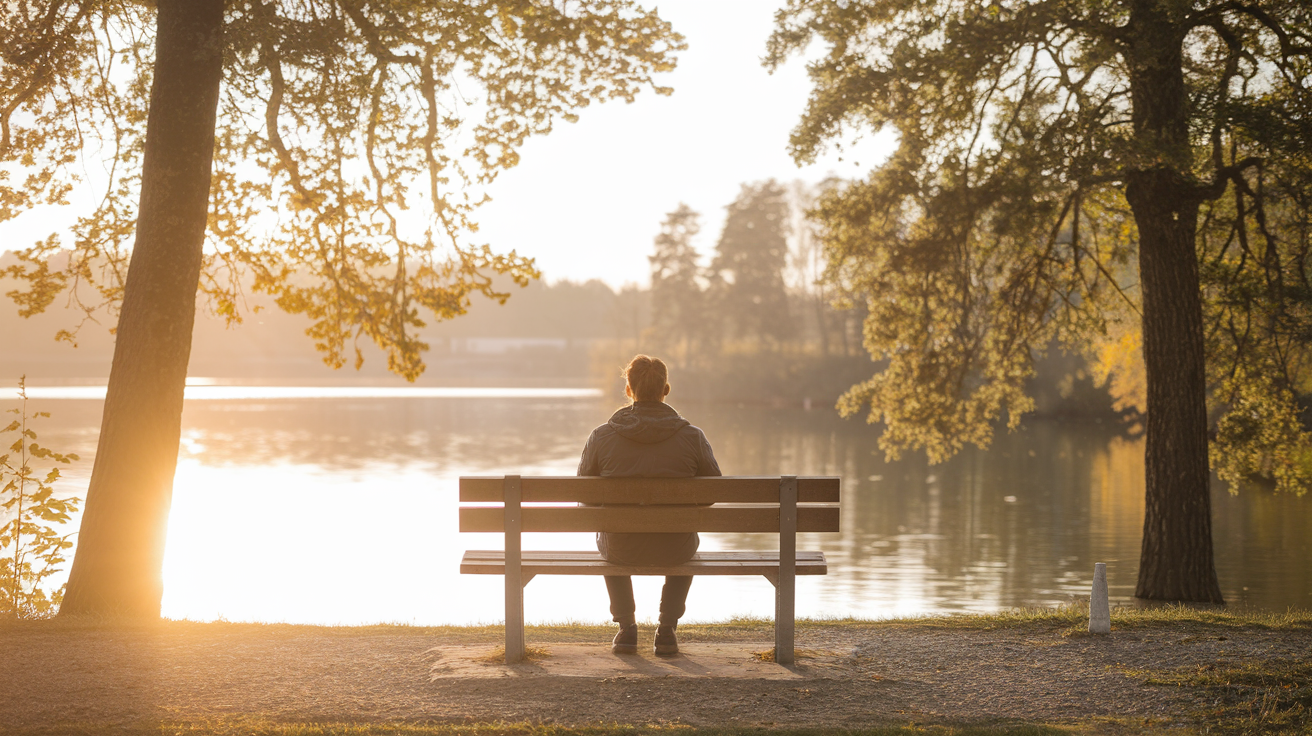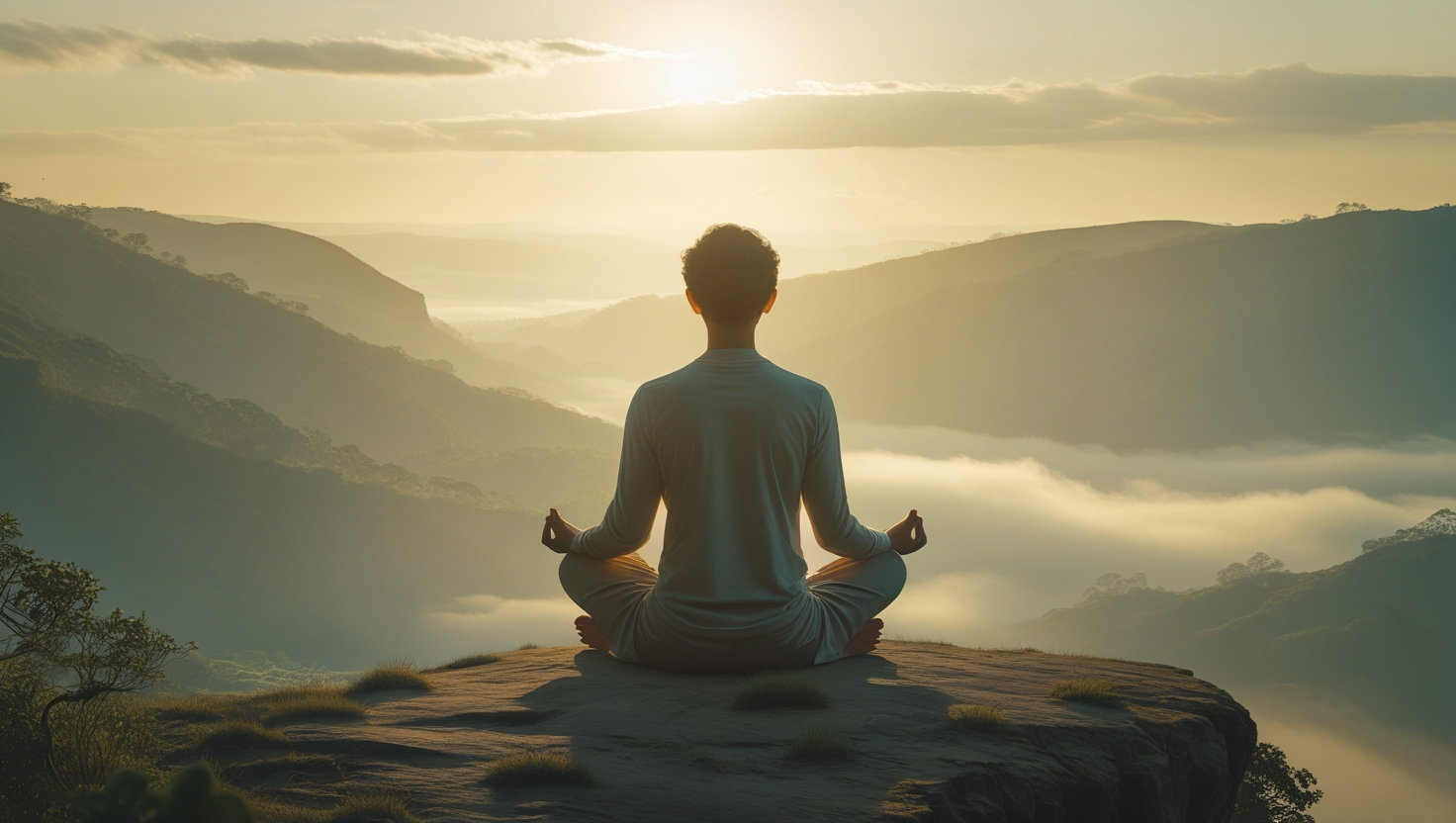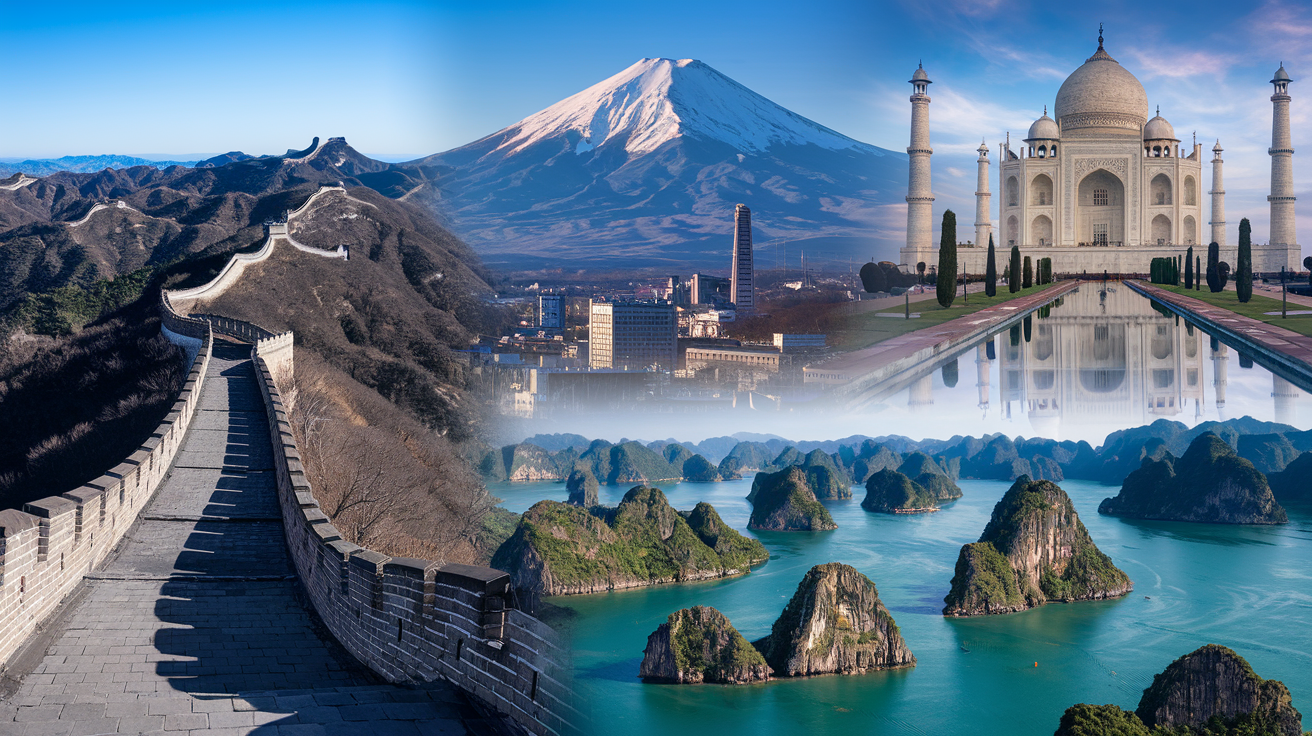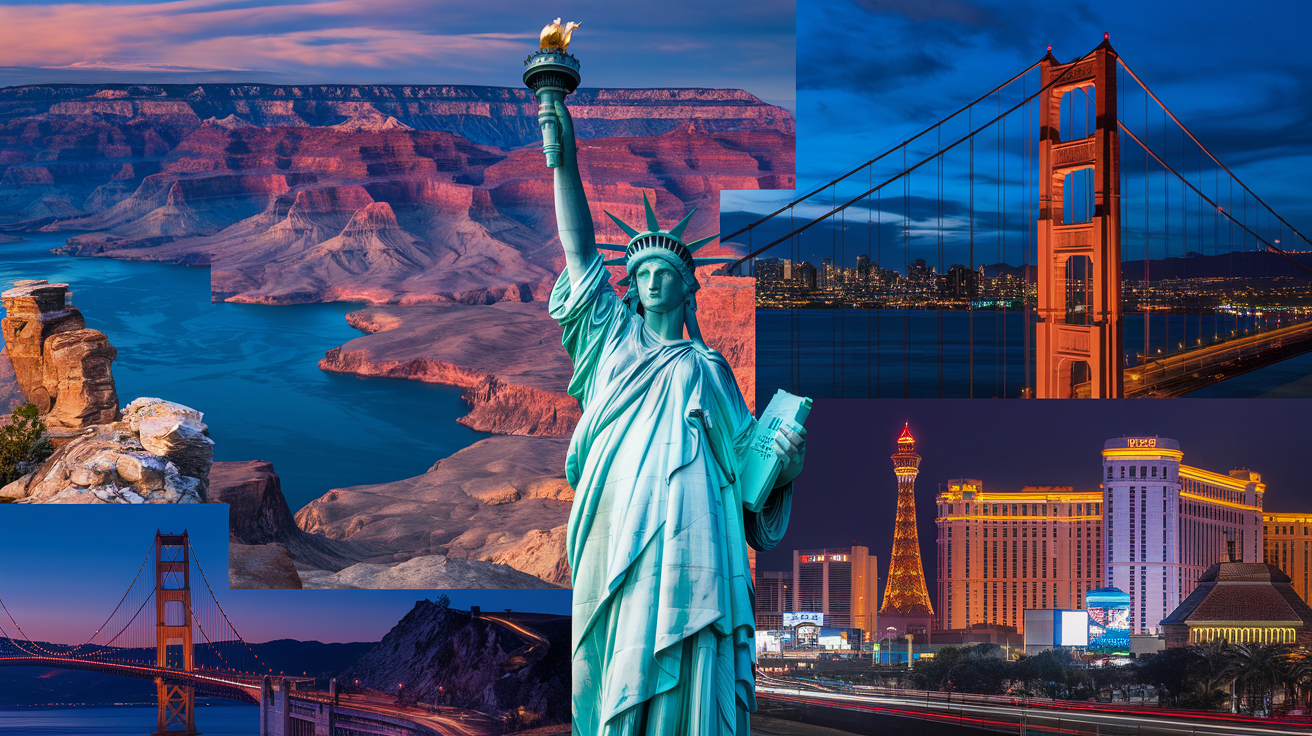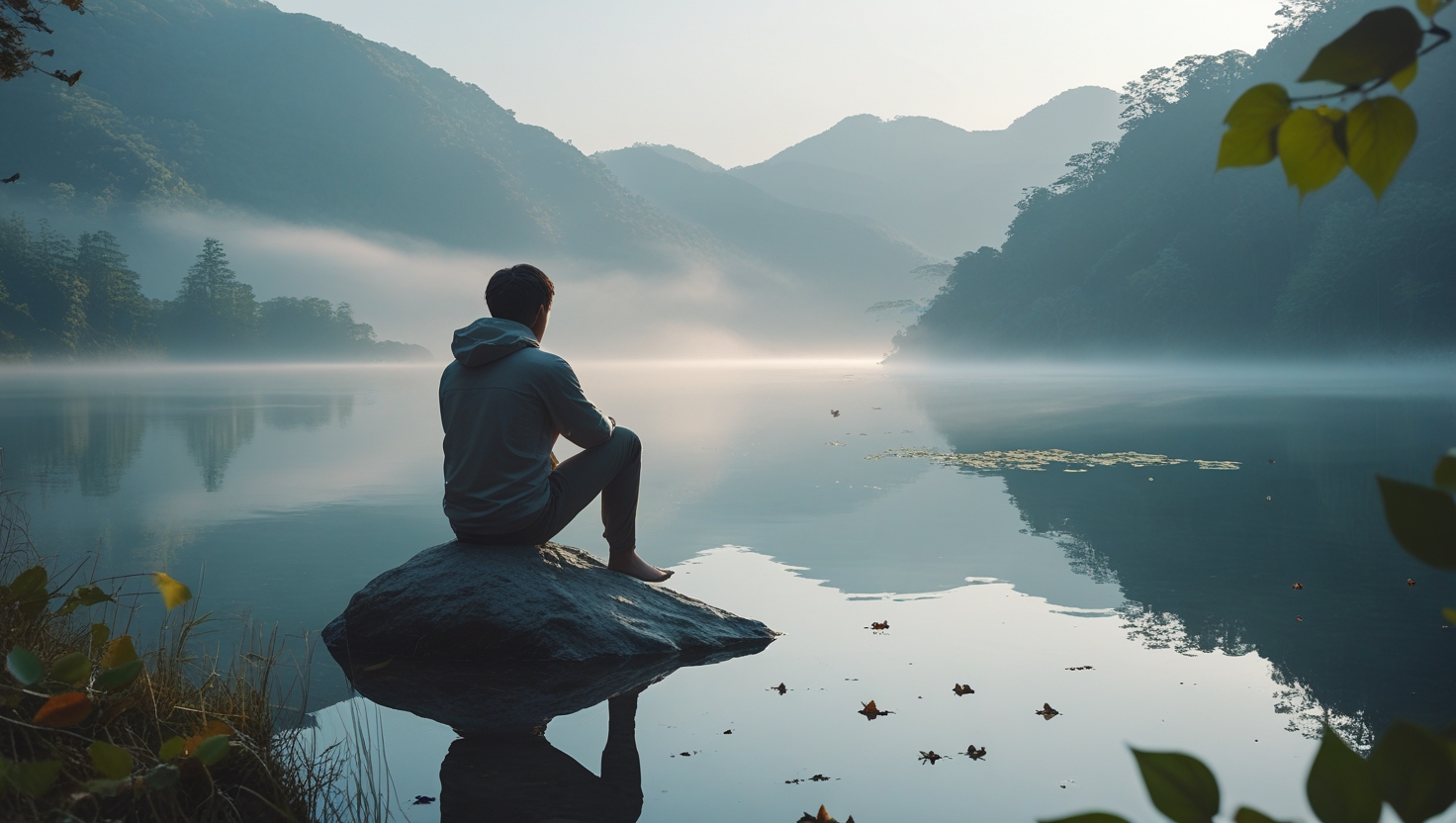In a world driven by technology and constant connectivity, many people find themselves yearning for something more—something deeper, quieter, and more meaningful. Solo journeys into nature often provide that elusive connection, offering a path to both spiritual awakening and inner peace. There’s an undeniable link between the natural world and our spiritual selves, a relationship that has been honored by cultures and traditions for centuries. When we venture alone into the wilderness, we reconnect not only with the earth but also with the essence of who we are.
The Call of the Wild: Why Nature Beckons the Soul
There’s a primal pull that draws us to nature—a yearning that goes beyond the desire for adventure or escape. It’s a call to return to something ancient, something innate. In the stillness of the forest, the rhythm of the ocean, or the silence of the mountains, we hear echoes of a truth often lost in the busyness of modern life: that we are not separate from nature, but an integral part of it.
Why nature is a catalyst for spiritual awakening:
- Simplicity and stillness: Nature strips away the complexities of life, offering a space where silence reigns and stillness becomes a teacher. In this simplicity, we find clarity and peace.
- Timeless rhythms: The cycles of nature—sunrise and sunset, the changing seasons—remind us of the natural flow of life. These rhythms invite us to surrender to the present moment.
- Awe and wonder: The beauty and vastness of the natural world evoke awe, a feeling that transcends the ordinary and connects us to the divine.
Reflection question:
When was the last time you felt truly connected to nature? How did it make you feel, and what did it teach you about yourself?
Solitude in Nature: A Path to Inner Stillness
Solo journeys into nature offer a unique opportunity for solitude—a sacred space where distractions fall away, and we are left alone with our thoughts and emotions. This solitude is not loneliness; rather, it is a profound communion with oneself and the world around us.
How solitude in nature fosters spiritual growth:
- Deep self-reflection: Alone in the wilderness, you have the space to explore your innermost thoughts and feelings without judgment. This introspection often leads to greater self-awareness and clarity.
- Emotional release and healing: Nature provides a safe space to release pent-up emotions. The act of walking through a forest or sitting by a river can become a form of emotional catharsis.
- Strengthening intuition: In the quiet of nature, the mind quiets, and intuition—the inner voice that often gets drowned out—becomes clearer and more trustworthy.
Practical tip:
Spend at least one full day during your solo journey in silence. Avoid speaking, using your phone, or reading. Simply be present with the natural world and observe what arises within you.
Nature’s Elements as Spiritual Teachers
Each element of nature—earth, water, fire, air, and ether—carries unique spiritual lessons and energies. When we engage with these elements during solo travel, we open ourselves to their wisdom and transformative power.
The spiritual lessons of nature’s elements:
- Earth: Grounding and stability. Walking barefoot on the earth or sitting on the ground connects us to the stability and support of the planet, reminding us to stay rooted in the present moment.
- Water: Flow and emotional release. Rivers, lakes, and oceans teach us the importance of adaptability and the power of letting go. Water reminds us that emotions are meant to flow, not be held back.
- Fire: Transformation and renewal. The warmth of a campfire or the sight of a sunrise symbolizes transformation, passion, and the constant cycle of death and rebirth.
- Air: Freedom and clarity. The wind carries away stagnation, inviting fresh perspectives and new beginnings. Breathing deeply in the open air clears the mind and invigorates the spirit.
- Ether (Space): Openness and potential. The vastness of the sky and the quiet expanse of open landscapes remind us of the infinite possibilities within us and the universe.
Mindful practice:
Choose one element each day to connect with during your travels. Spend time observing it, meditating on its qualities, and reflecting on what it teaches you about life and your spiritual journey.
Sacred Landscapes: Finding the Divine in Nature
Throughout history, certain landscapes have been revered as sacred—places where the veil between the physical and spiritual worlds feels thin. Mountains, deserts, forests, and oceans have long been seen as places of pilgrimage, offering a sense of divine presence and spiritual renewal.
How sacred landscapes enhance the solo travel experience:
- Mountains: Symbolizing ascension and spiritual elevation, mountains invite us to rise above the mundane and gain a higher perspective on life.
- Deserts: The vast emptiness of the desert mirrors the inner journey of solitude and surrender, where one can confront and transcend the ego.
- Forests: Forests are places of mystery and transformation, where the intertwining of life and death is visible at every turn. They invite us to embrace the cycles of growth and decay.
- Oceans: The ocean’s vastness reminds us of the infinite nature of the soul, while its tides teach us about the rhythm of life and the power of surrender.
Story idea:
Share a personal or imagined story of visiting a sacred landscape during a solo journey. Describe the spiritual insights or sense of peace gained from being in such a powerful natural setting.
Mindfulness and Presence: Cultivating Inner Peace in Nature
One of the greatest gifts of solo travel in nature is the opportunity to practice mindfulness—being fully present in the here and now. Nature effortlessly draws our attention to the present moment, whether it’s the sound of rustling leaves, the sight of a distant horizon, or the feeling of cool grass beneath our feet.
How mindfulness in nature fosters spirituality:
- Deepens awareness: Mindfulness heightens our awareness of both the external environment and our internal experience, creating a sense of harmony between the two.
- Cultivates gratitude: Being present in nature nurtures a deep appreciation for the beauty and abundance of the world, fostering a sense of gratitude and contentment.
- Encourages surrender: In the present moment, there is no past or future—only the now. Mindfulness in nature teaches us to surrender to what is and find peace in the moment.
Mindfulness exercise:
Choose a simple activity, such as watching a sunset or listening to birdsong, and give it your full attention. Notice every detail—the colors, sounds, and sensations. Let yourself be fully immersed in the experience without judgment or distraction.
Returning Home: Integrating Nature’s Lessons into Daily Life
The lessons learned during a solo journey in nature don’t have to end when the journey does. The peace, clarity, and spiritual insights gained can be integrated into daily life, creating a lasting sense of inner harmony.
How to bring the gifts of nature home:
- Create a daily mindfulness practice: Incorporate time each day to connect with nature, even if it’s as simple as sitting in your garden or taking a walk in the park.
- Practice gratitude: Continue to cultivate gratitude for the natural world and the lessons it offers. Consider starting a gratitude journal to record daily moments of beauty and peace.
- Stay connected to the elements: Find ways to engage with the elements in your everyday life, such as lighting a candle (fire), taking a bath (water), or spending time outdoors (earth and air).
Final thought:
Remember that the connection between nature and spirituality is always available, no matter where you are. The peace you found on your solo journey lives within you and can be accessed at any time.
Nature as a Sacred Guide
Solo travel in nature is more than an adventure—it is a spiritual pilgrimage. It invites us to slow down, listen, and reconnect with the deepest parts of ourselves. In the stillness of the wilderness, we discover that nature is not separate from us but a mirror of our own inner landscape.
This is a block of text. Double-click this text to edit it.
